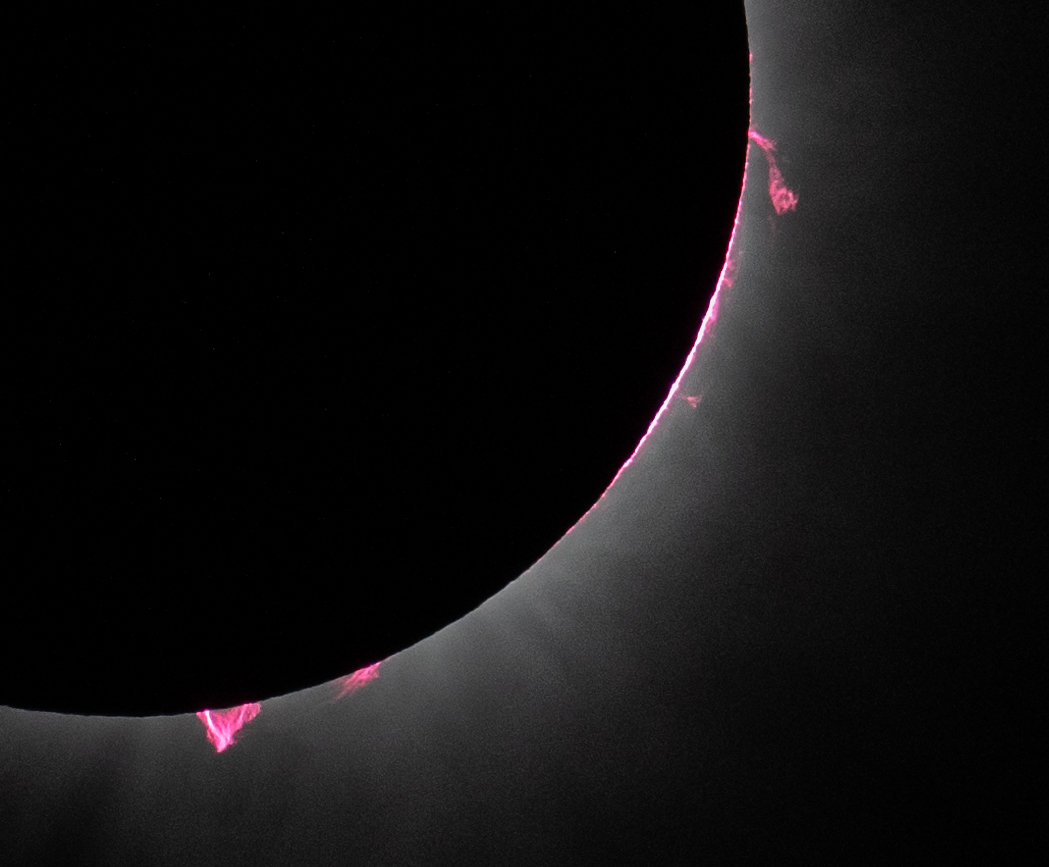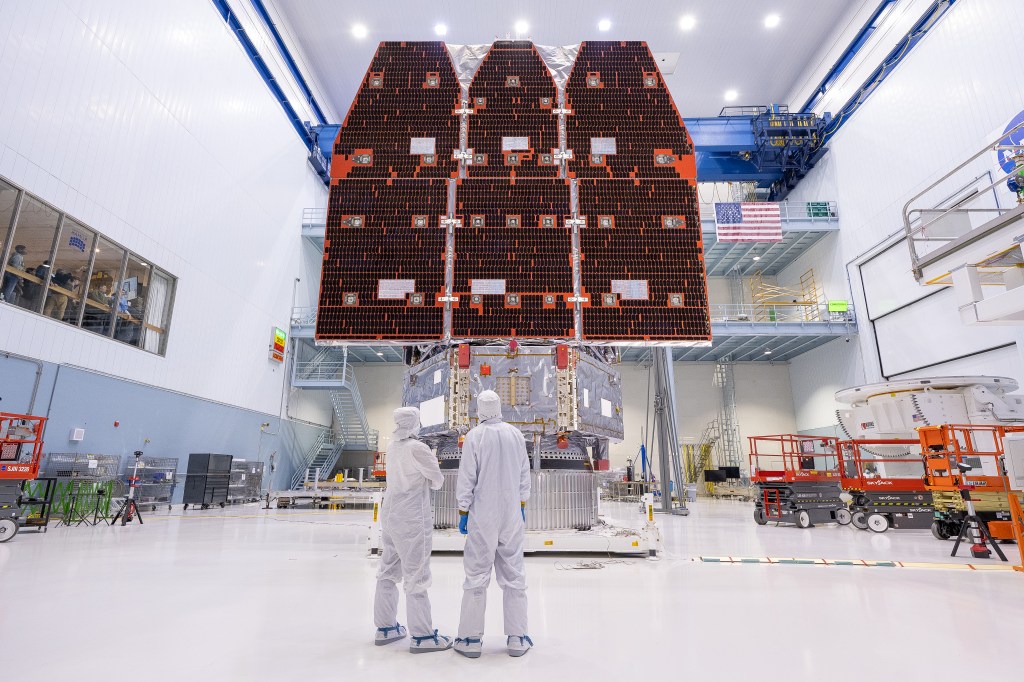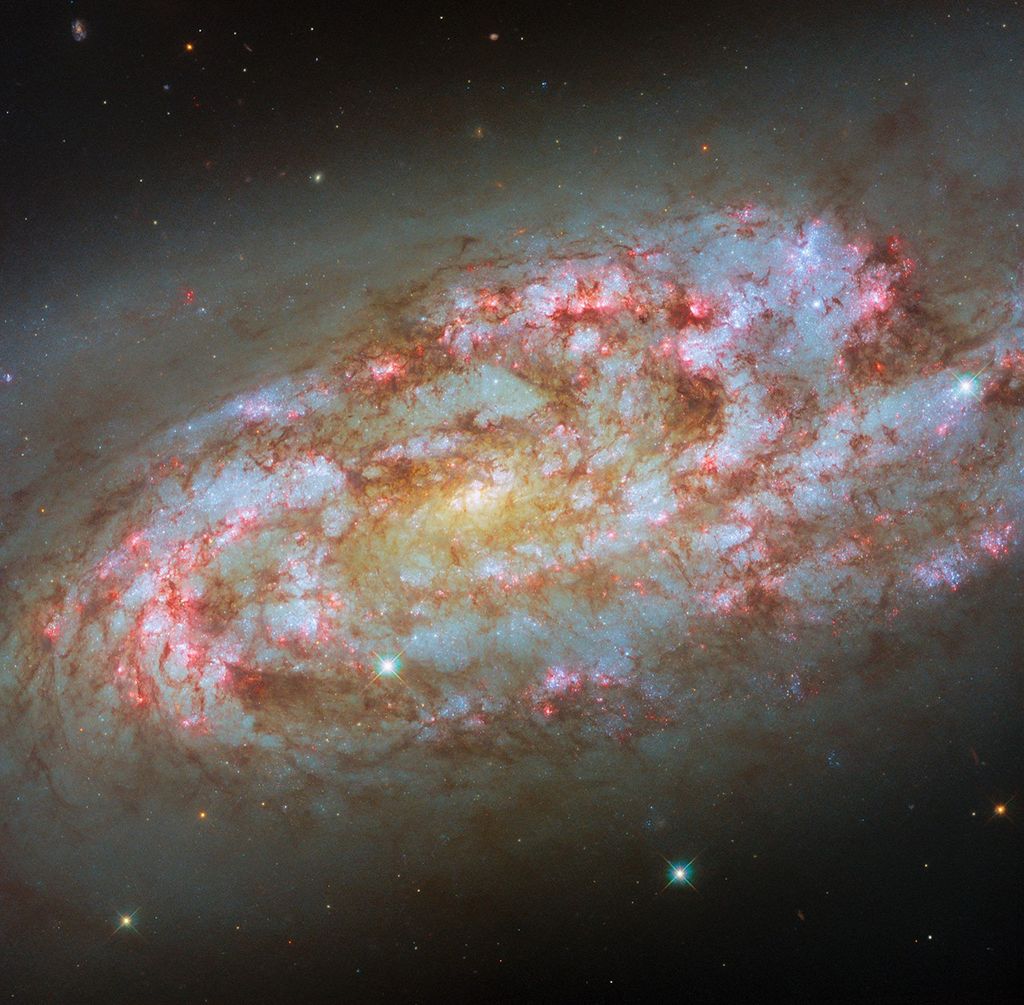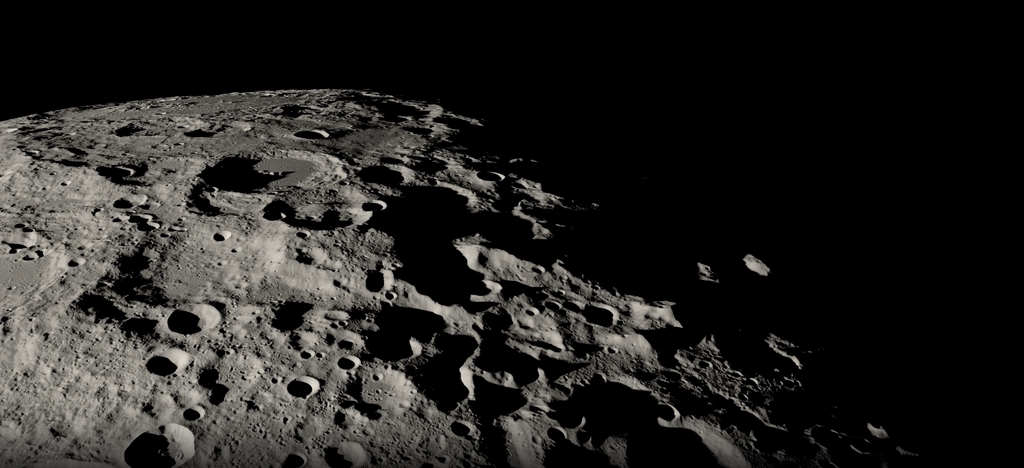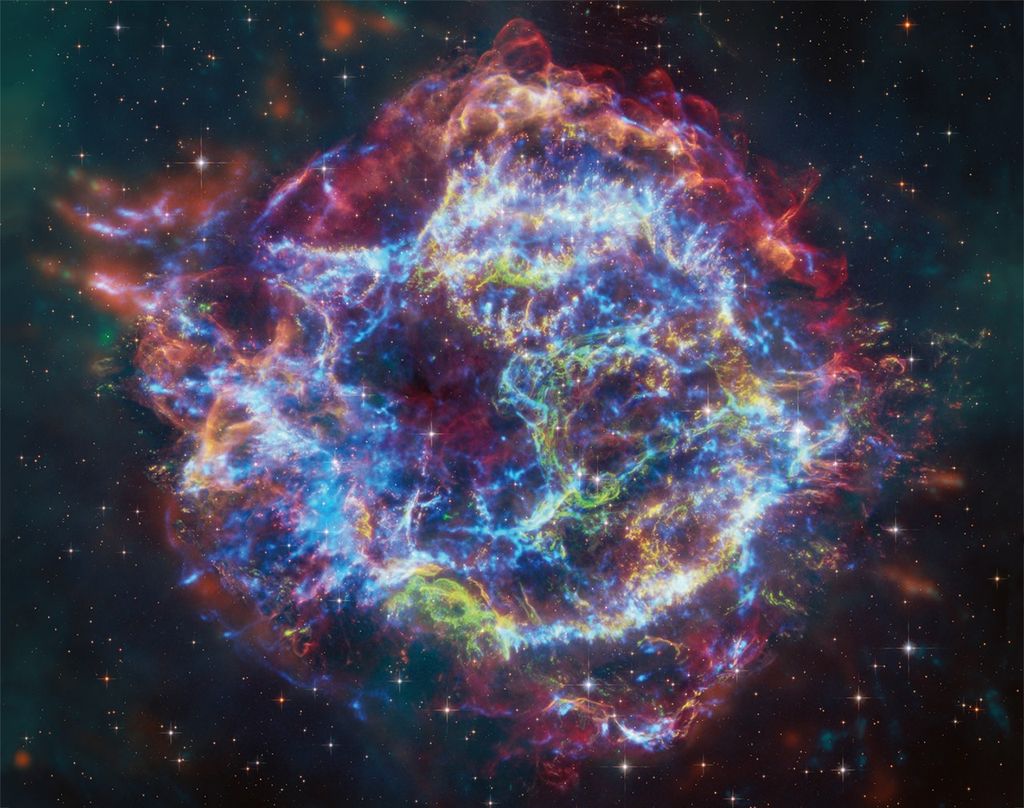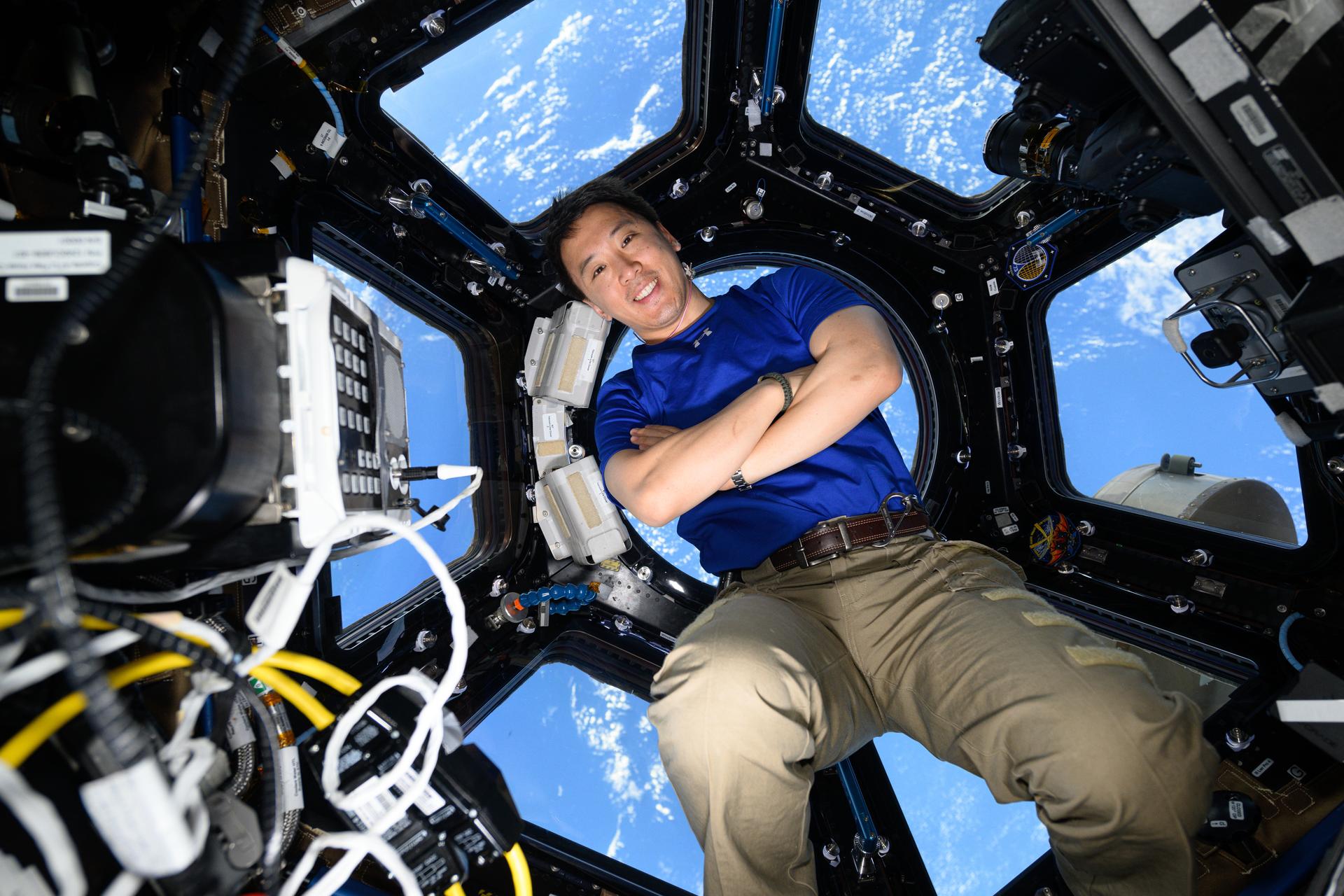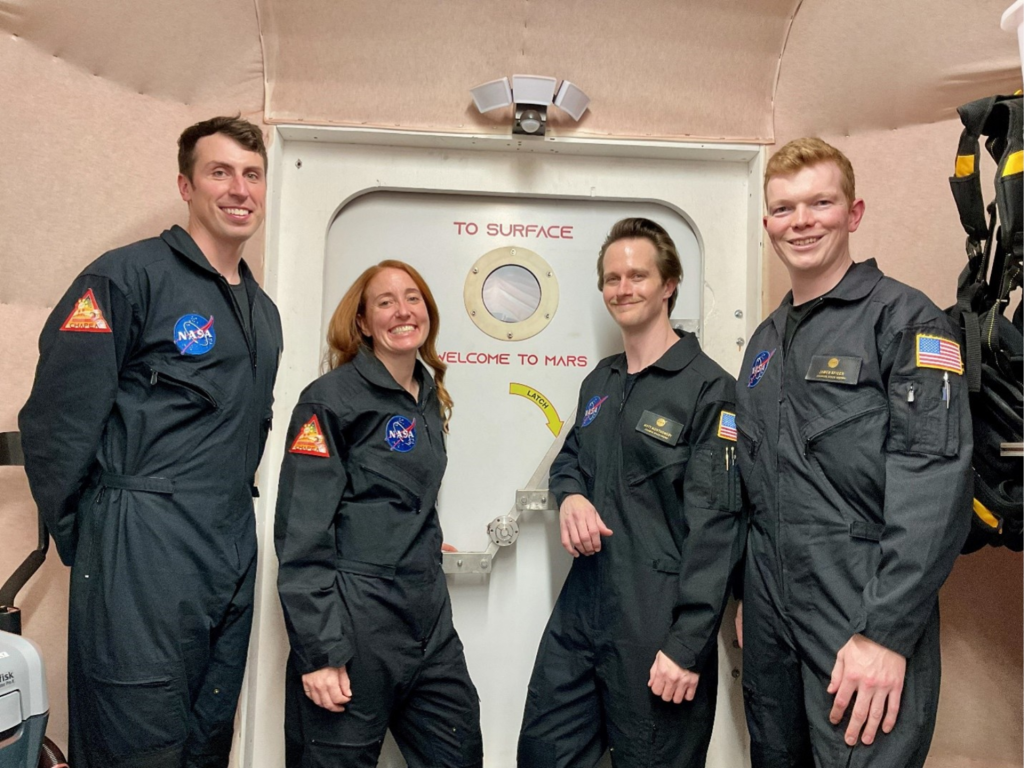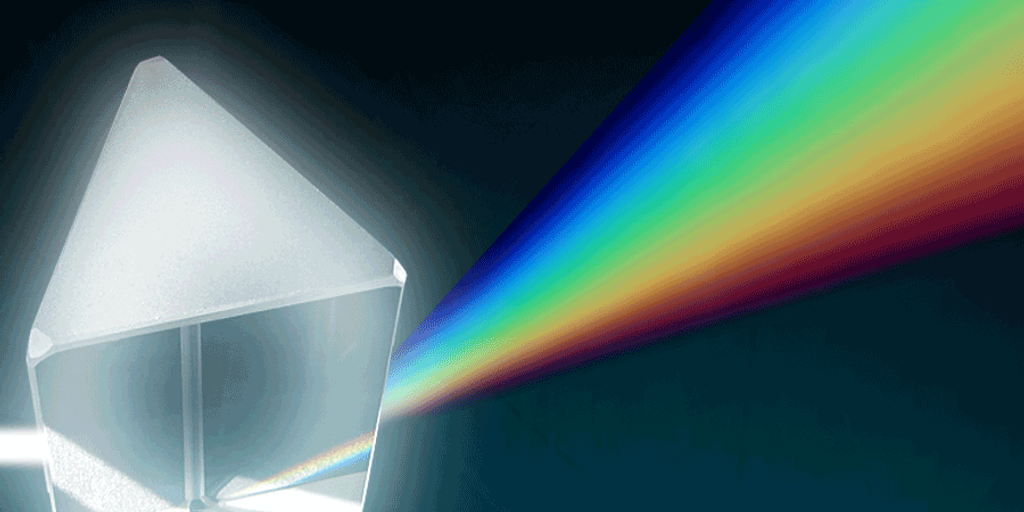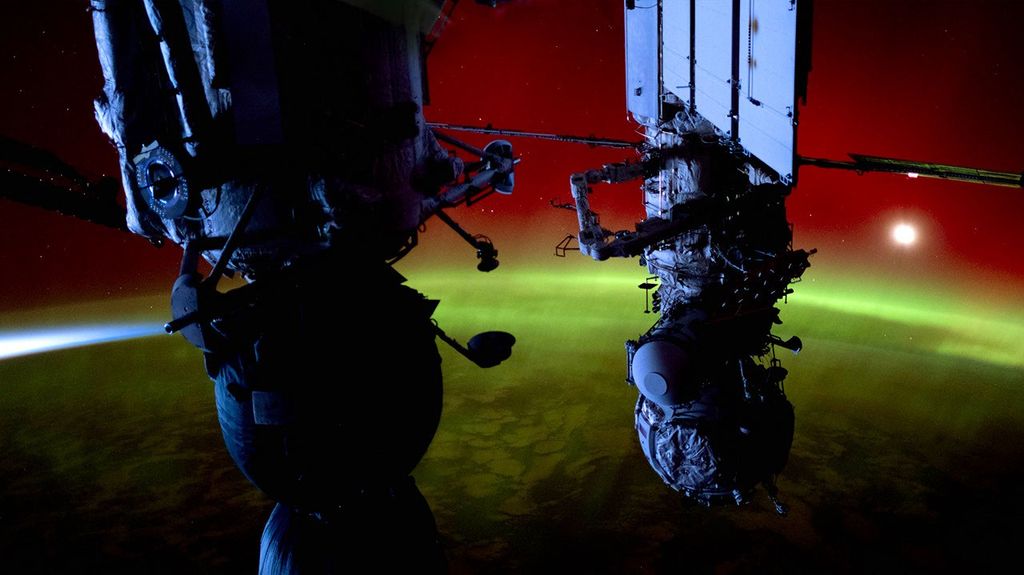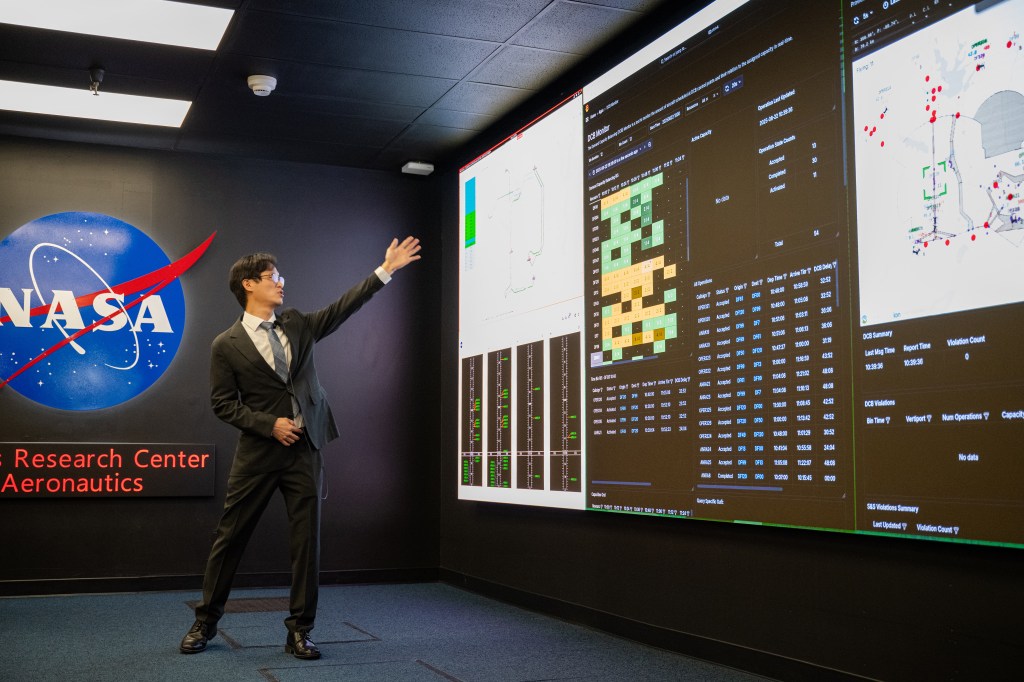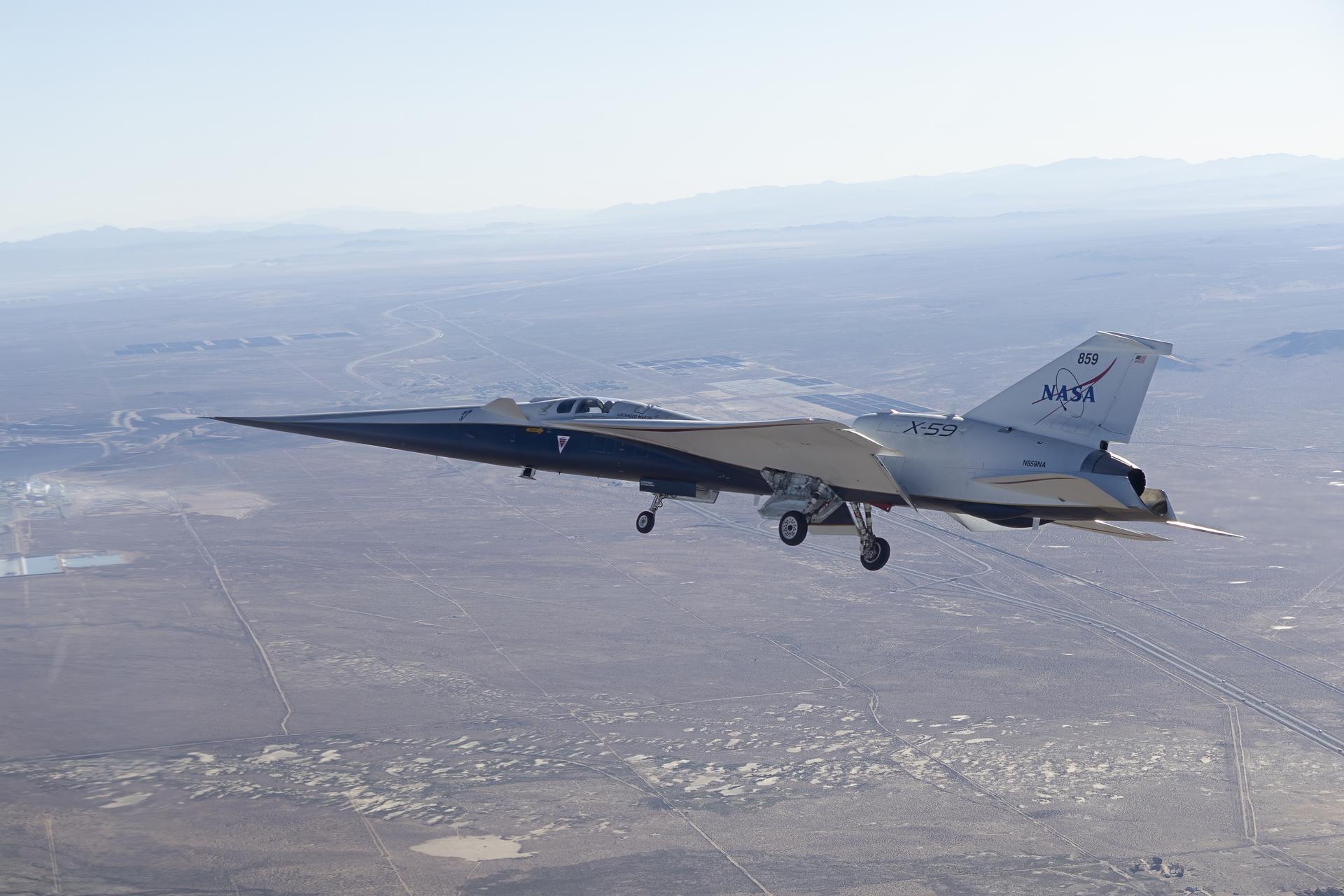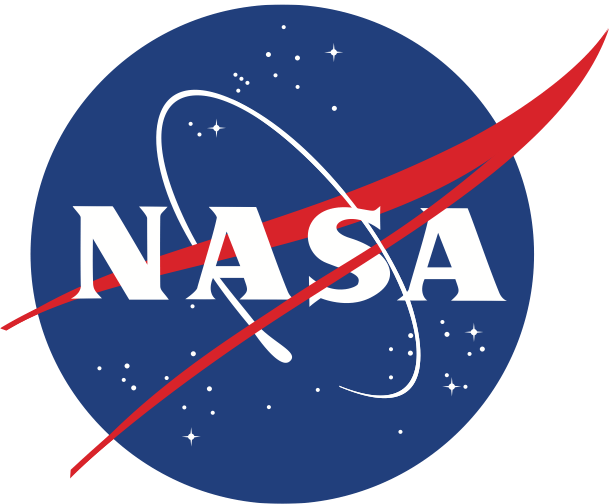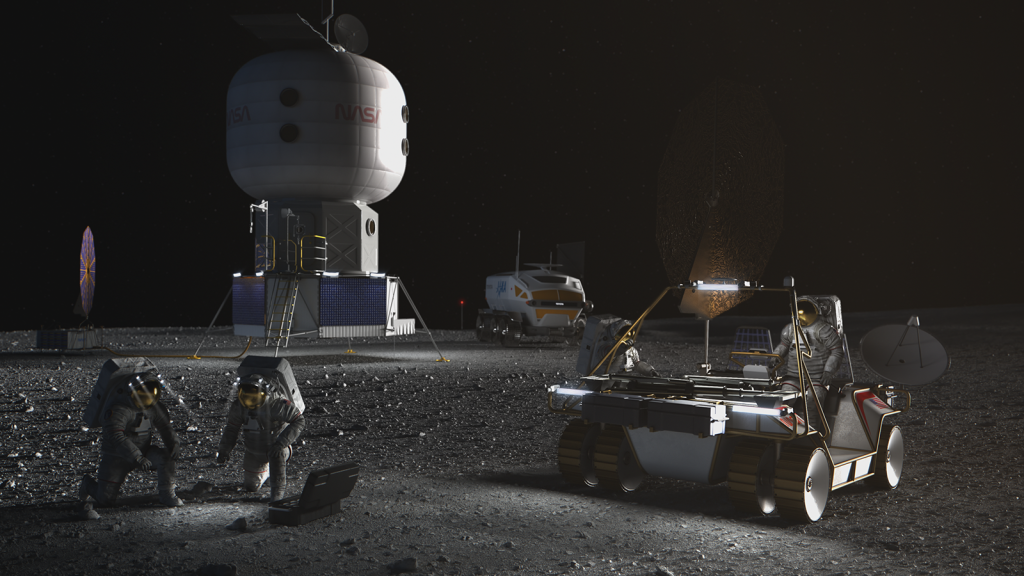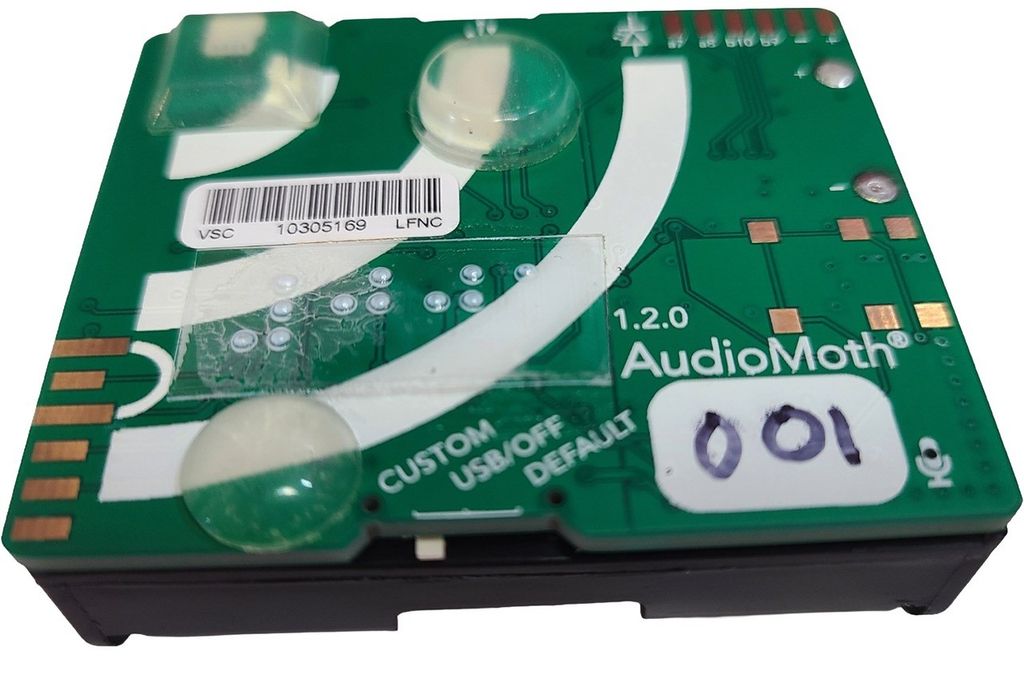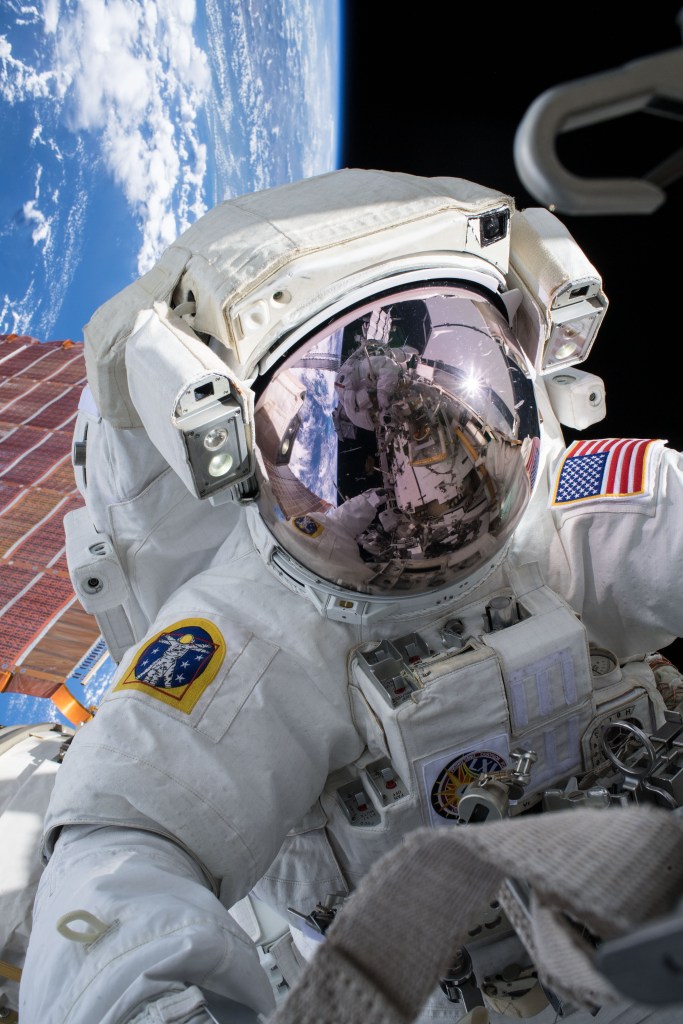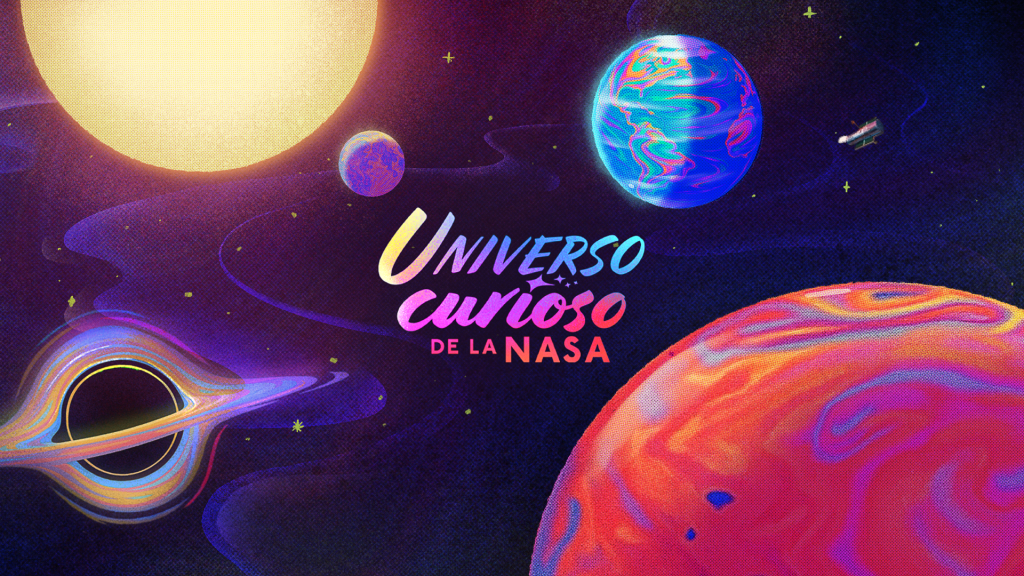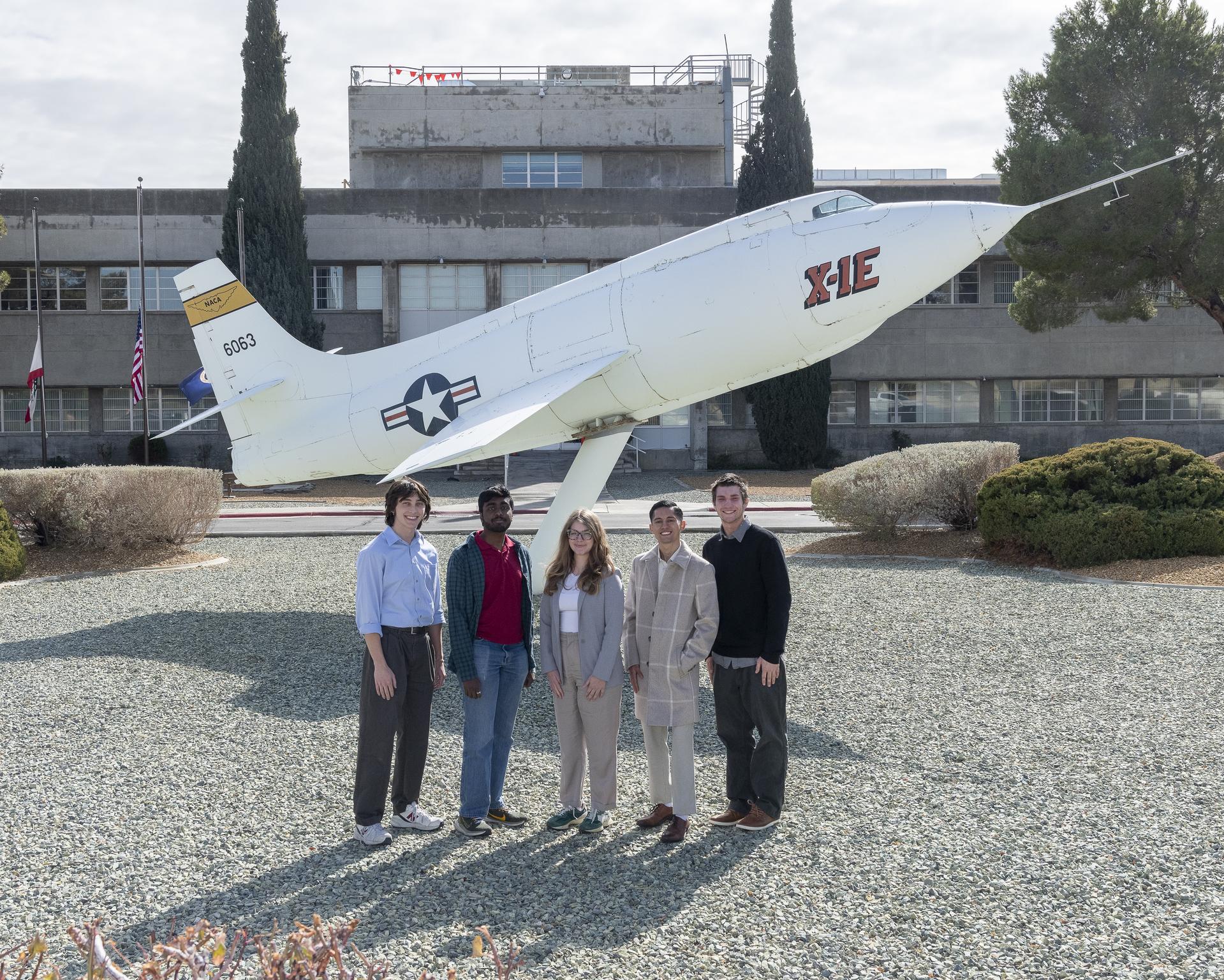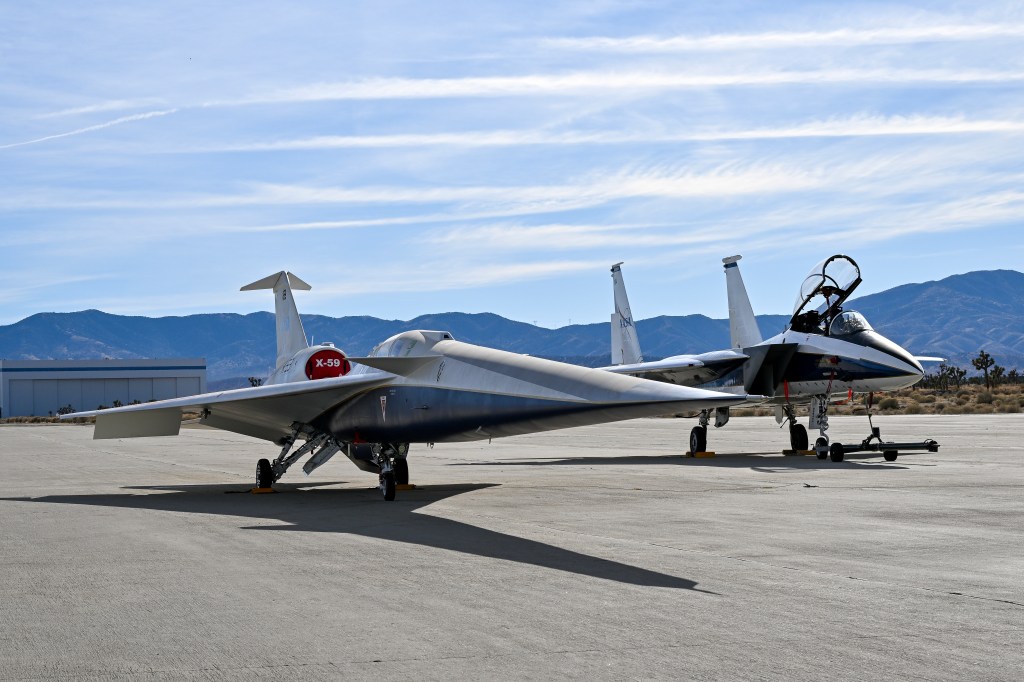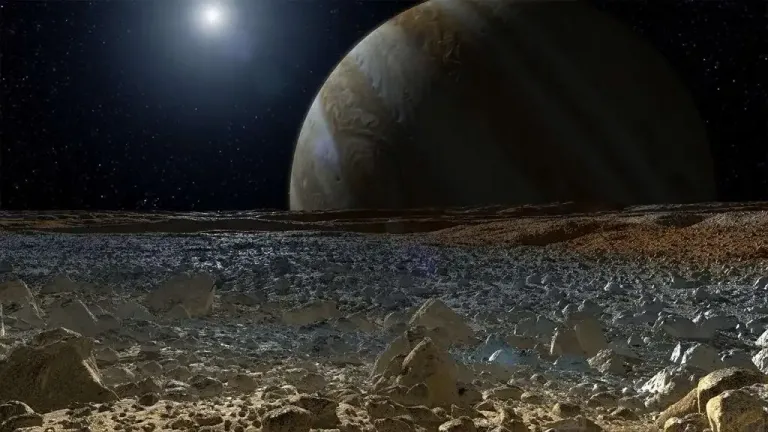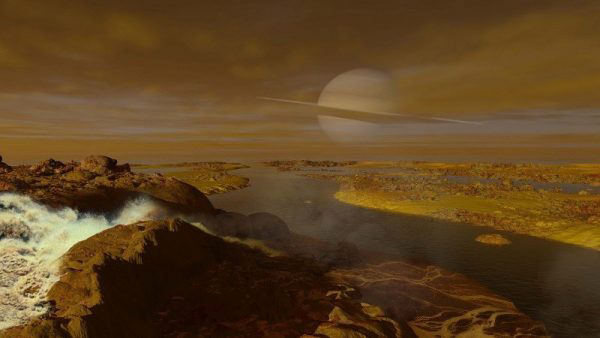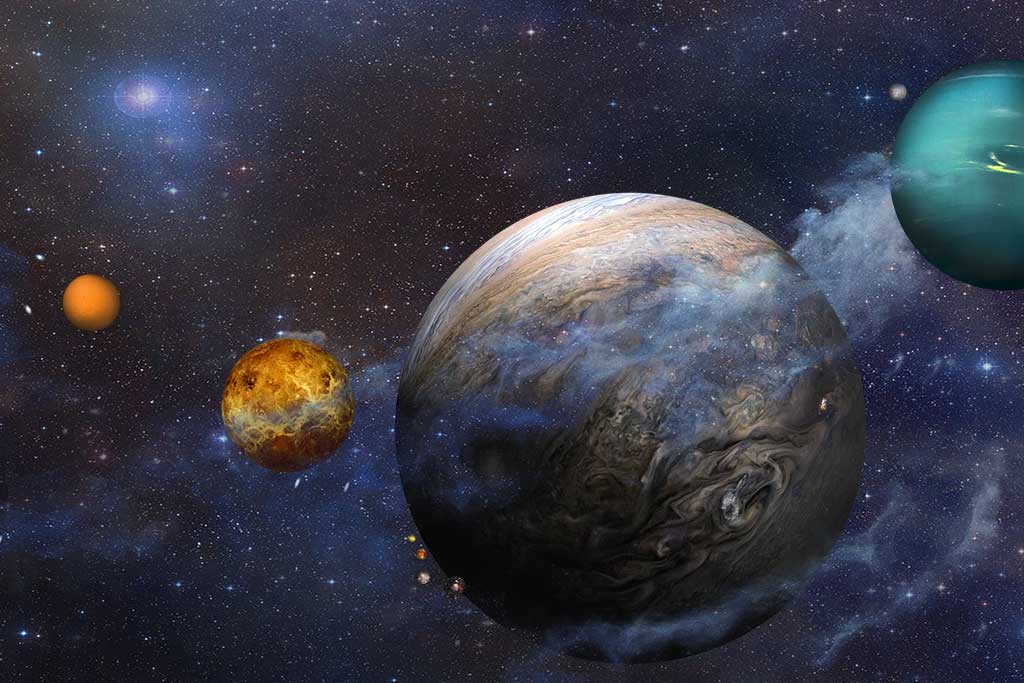NASA’s 2024 MatISSE (Maturation of Instruments for Solar System Exploration) Program Selections
The MatISSE 2024 projects will expand NASA’s portfolio of instrument technology available for the development of missions exploring a wide range of environments, from the hot surfaces of inner planets to the far-flung icy worlds on the edges of the Solar System. These technologies will help answer key questions about the origins, evolution and future of our solar system, and the search for life in our planetary neighborhood.
The MatISSE portfolio focuses on mid-stage technology development, defined as concepts at a Technology Readiness Level (TRL) of 4 through 6, at which point the technology can be proposed for use on planetary missions.
Emily Seto
Honeybee Robotics, a Blue Origin company, Pasadena, California
Emily Seto and her team will build SHIELD (Sterilizing Heat Infrared Emitting LED Device), a new instrument for in-flight and in-situ microbial sterilization that can be adapted to a variety of sample containment, collection, and return hardware. The instrument incorporates multiple stages where pneumatics are used to remove dust/particles and UV LEDs and electrical infrared heaters are used for microbial sterilization. By removing microbial contamination, SHIELD will address both forward and backward Planetary Protection and increase sterilization capabilities for future science missions.
Justin Atchison
Johns Hopkins University Applied Physics Laboratory, Laurel, Maryland
OpGrav – Precise Small Body Mass Measurements during High-Speed Flybys
The OpGrav instrument would be used to measure the mass of small bodies from spacecraft flyby missions. For example, in an asteroid flyby mission, OpGrav measurements would help us to understand what asteroids are composed of and how they were formed. The instrument consists of a carefully calibrated mechanism that dispenses reflective spheres. The spheres pass very close to the asteroid so that their motion is maximally affected by the asteroid’s gravity. By tracking the positions of the spheres with a camera onboard the spacecraft, we can determine the asteroid’s gravity with exceptional sensitivity, even for very high-speed flyby missions.
Anna Butterworth
Space Sciences Laboratory at the University of California, Berkeley
Dr. Butterworth’s team will build a sampling system called PICO (Plume Ice Capture of Organics), developed to capture ice grains from the Enceladus plume. The PICO system aims to deliver captured ice as liquid samples for analysis. Ice grains are of interest because they may contain chemical biosignatures originating in the icy moon’s ocean. The team will make refinements to the existing PICO engineering model and test its performance in a unique ice plume environmental test chamber.
Deacon Nemchick
NASA’s Jet Propulsion Laboratory, Southern California
Dr. Deacon Nemchick and his team will build high-fidelity prototypes of a millimeter-wave gas sensor that leverages novel integrated circuit-based source and detector electronics. These instruments are specifically designed for the study of volatile gasses sublimated from astronomically-relevant ices over a range of temperatures and pressures. Constructed full system prototypes will be tested in the unique laboratory facilities of Co-Investigator Professor Susanna Widicus Weaver at the University of Wisconsin-Madison where planetary ice conditions can be simulated.
Richard Quinn
NASA’s Ames Research Center, California’s Silicon Valley
In partnership with NASA’s Jet Propulsion Laboratory and Tufts University, NASA’s Ames Research Center will develop the Microfluidic Icy-World Chemistry Analyzer (MICA) which is designed for exploration of Ocean Worlds, including Enceladus plume fly-through missions. MICA is a microfluidic implementation of the Wet Chemistry Laboratory, an array of electrochemical sensors used on NASA’s Phoenix mission to evaluate the habitability of Mars. MICA science goals include habitability assessment, characterization of aqueous geochemistry, and to advance the understanding of the potential for life to exist on icy moons in our solar system.
Mary Beth Wilhelm
NASA’s Ames Research Center, California’s Silicon Valley
Dr. Wilhelm and her team will mature the ExCALiBR instrument (Extractor for Chemical Analysis of Lipid Biomarkers in Regolith) which advances the search for life on Mars by conserving of origin-diagnostic molecular information of extracted and purified lipids. ExCALiBR will enable enhanced analysis of these molecules with existing analytical measurement systems (e.g., mass spectrometers) by integrating and automating well-established laboratory lipid extraction protocols. Lipids are key targets for NASA’s search for life missions, as they can reveal information about life processes and origin of organics, whether through biotic or abiotic processes. To improve in-situ capabilities. ExCALiBR extracts, purifies, and concentrates lipids from 25 cc of material, allowing life detection payloads to achieve a limit of detection orders of magnitude better than those previously flown, overcoming issues with low total biomass or heterogeneously distributed biomarkers and significantly improving instrument measurement capabilities for future planetary missions.


